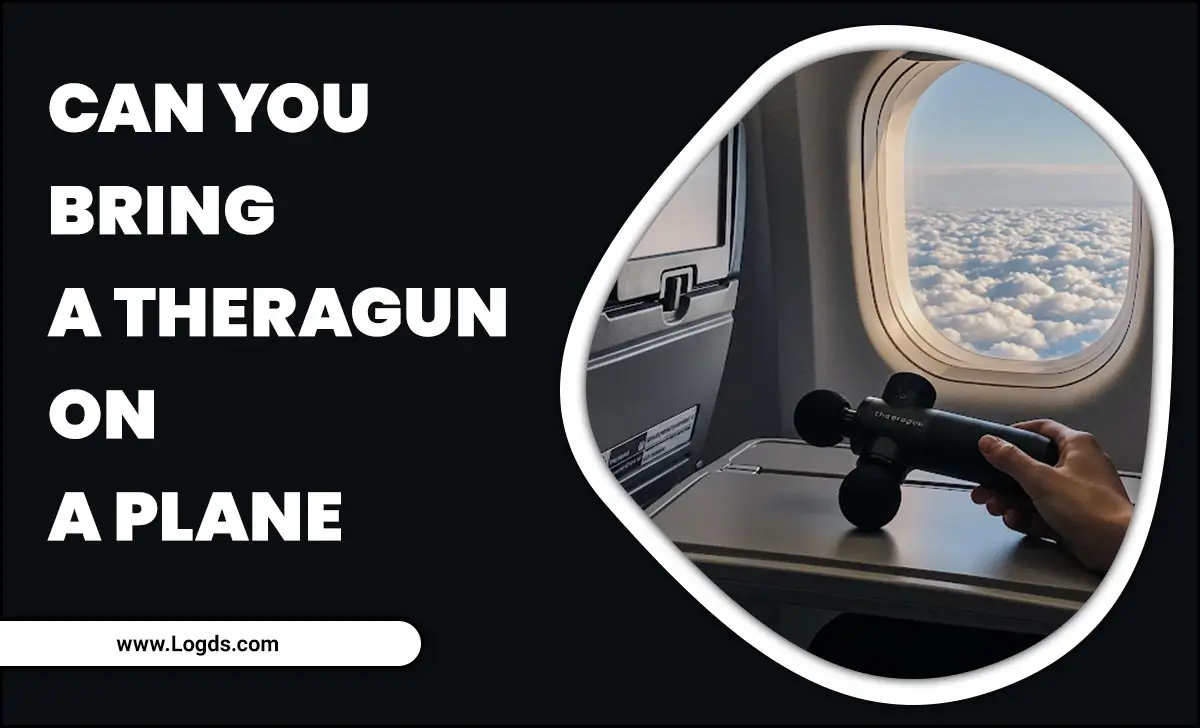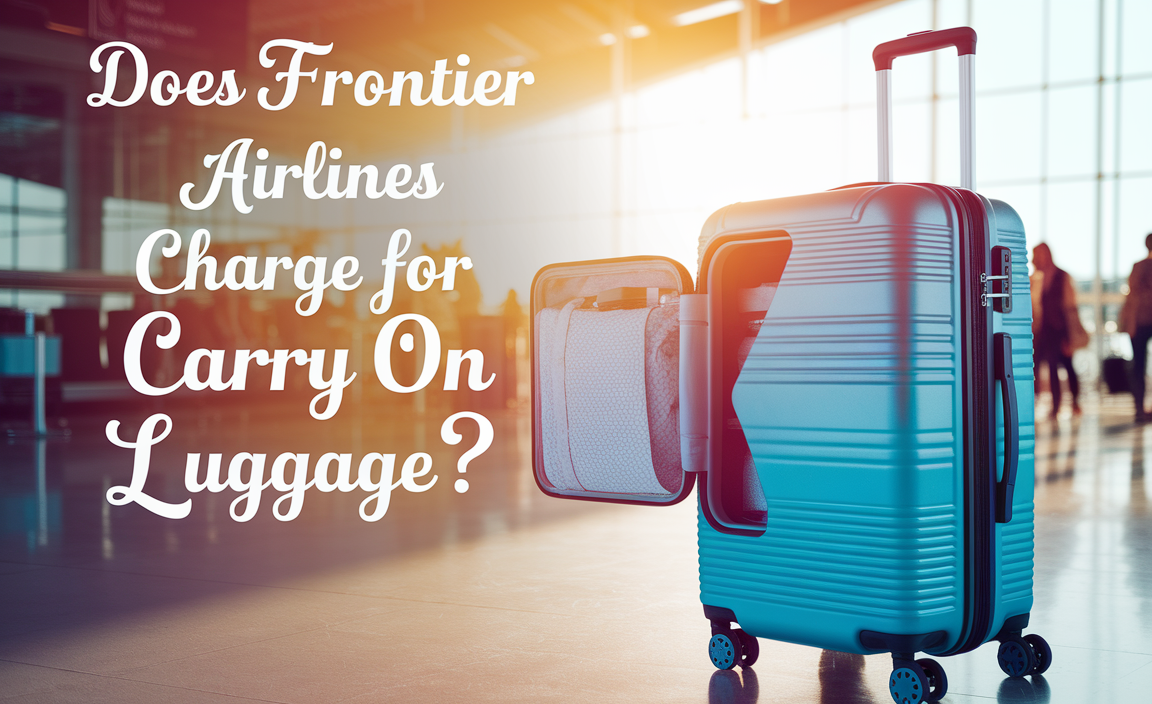Navigating public transport in a new country can feel like a puzzle. Algeria, with its vast landscapes and vibrant cities, offers a unique travel experience, and getting to know its public transport system is key. Don’t let the thought of buses, trains, and taxis overwhelm you. This guide is designed to make your journey smooth, affordable, and enjoyable. Get ready to explore Algeria with confidence!
Understanding Algeria’s Public Transport Network
Algeria’s public transportation system is a diverse tapestry that connects its major cities, towns, and even more remote areas. For the budget-conscious traveler, it’s an excellent way to experience the country like a local. While it might not always boast the cutting-edge sleekness of some European systems, it is functional, affordable, and offers a genuine glimpse into daily Algerian life. From the humming metropolises of Algiers and Oran to the ancient wonders of the Sahara, public transport is your ticket to adventure.
Types of Public Transport in Algeria
Algeria offers a range of options to get you from point A to point B. Each has its own benefits and typical use cases. Understanding these beforehand will help you choose the best option for your specific travel needs and comfort level.
Trains: The Backbone of Long-Distance Travel
Algerian Railways (SNTF – Société Nationale des Transport Ferroviaires) operates a comprehensive network linking major cities across the country. Trains are generally a comfortable and scenic way to travel between distant destinations, offering a more relaxed pace than road travel.
Routes: The network primarily runs along the coast, connecting cities like Algiers, Oran, Constantine, and Annaba. Inland routes also exist, reaching some key towns.
Classes: Most trains offer different classes, with first class being more comfortable and air-conditioned. Second class is a more budget-friendly option.
Booking: Tickets can be purchased at train stations. It’s advisable to buy them a day or two in advance, especially for popular routes or during peak travel times. Check the official SNTF website for schedules and more information.
Comfort: While some newer trains are modern, older ones can be basic. Bring snacks and drinks for longer journeys.
Safety: Generally considered safe, but always keep an eye on your belongings.
Intercity Buses: Connecting the Dots
Bus travel is the most extensive and flexible form of public transport in Algeria, reaching virtually every corner of the country. They are often the only option for smaller towns and villages not served by train lines.
Operators: There are several private and public bus companies, with the largest being the Algérienne des Transports Routiers et Ferroviaires (SNTF also has bus services). Each city might have its own primary bus station (Gare Routière) for intercity travel.
Destinations: Buses connect major cities, coastal towns, and inland regions. Some routes may be long and arduous.
Comfort: Comfort levels vary significantly between companies and even between different buses within the same company. Newer, air-conditioned coaches offer a more pleasant experience. Older buses can be basic.
Booking: Tickets are usually purchased directly at the bus station on the day of travel. Arrive early to secure a seat, especially for popular routes.
Cost-Effective: Buses are generally cheaper than trains, making them a favorite for budget travelers.
Local Buses and Tramways: Navigating the Cities
Within cities, local buses are your go-to for affordable and widespread coverage. In a few major cities, modern tramway systems have also been implemented, offering efficient urban transport.
Algiers: The capital boasts a modern tramway system that covers key areas and connects to the metro. Local buses also operate extensively.
Oran and Constantine: These cities also have tramway networks that are very useful for getting around.
Routes: City buses cover most neighborhoods. Timetables can sometimes be inconsistent, so be prepared for potential waiting times.
Fares: Fares are very low. Tickets are usually purchased on board or at designated kiosks.
Language: Route information might primarily be in Arabic or French. Locals are usually happy to help if you can ask for directions.
The Algiers Metro: A Modern Addition
The Algiers Metro is a relatively new addition to the city’s transport scene, offering a clean, efficient, and air-conditioned way to navigate the capital.
Coverage: Currently, it has one line, but plans are in place for expansion. It connects key points within the city and its suburbs.
Operation: The metro runs regularly throughout the day.
Tickets: Tickets are affordable and can be purchased at station vending machines or ticket counters.
Convenience: It’s an excellent option to avoid Algiers’ notorious traffic congestion.
Taxis: Door-to-Door Service
Taxis are readily available in all cities and towns. There are two main types:
“Hors-Service” (White Taxis): These are generally for hire and agree on a price before the journey begins. They are common for longer distances or intercity travel where public transport might be inconvenient.
“Communal” or “Service” Taxis (Often Blue or Red): These operate on set routes, picking up and dropping off multiple passengers along the way. You pay your fare as you exit. They are a very affordable way to get around within a city or between nearby towns.
Pricing: For “hors-service” taxis, always negotiate the fare BEFORE you start your journey. Ensure you agree on a price in Algerian Dinars (DZD).
Shared Taxis: For “communal” taxis, the price is usually per person based on the route.
Apps: Ride-sharing apps are not as prevalent as in Europe or North America, so street hailing is the usual method.
Key Cities and Their Public Transport Hubs
Understanding the main transport hubs in Algeria’s key cities will make your travel planning much easier.
Algiers (Alger Center)
Algiers, the capital, has the most developed public transport system.
Main Train Station: Gare d’Alger (Agha Station) is the central hub for national and regional train services.
Bus Stations: Several bus stations serve intercity routes, with the Gare Routière Sud (South Bus Station) being one of the largest for routes heading south and west. Gare Routière Est (East Bus Station) serves destinations to the east.
Metro Stations: Numerous metro stations extend across the city.
Tramway Stops: Integrated with metro transport, tram stops are well-placed.
Taxi Ranks: Available throughout the city.
Oran
Oran, Algeria’s second-largest city, is a major port and cultural center.
Main Train Station: Gare d’Oran serves national rail links.
Bus Station: Gare Routière d’Oran is the central point for intercity bus travel.
Tramway: The Oran Tramway connects key parts of the city.
Taxis: Readily available.
Constantine
Known for its dramatic bridges, Constantine also offers good connectivity.
Train Station: Gare de Constantine connects to the national rail network.
Bus Station: Gare Routière de Constantine handles intercity bus departures.
Tramway: The Constantine Tramway is an efficient way to explore the city.
Taxis: The common mode for local travel.
Annaba
A coastal city in the northeast, Annaba is a hub for regional travel.
Train Station: Gare d’Annaba.
Bus Station: Gare Routière d’Annaba.
Taxis: Essential for local movement.
Algeria Public Transport Cheat Sheet: Essential Tips for Travelers
This cheat sheet is designed to arm you with practical knowledge, making your journey through Algeria’s public transport system as smooth as possible.
Baggage: Be prepared to handle your own luggage. Most buses and trains have overhead compartments or luggage racks, but space can be limited on busy services. For longer journeys or if you have mobility challenges, consider travel-friendly items like lightweight luggage or a comfortable backpack. If you need discreet personal care items, like adult diapers for long travel days, pack them in your handbag or backpack for privacy and easy access. Child diapers are also best kept accessible for parents on the go.
Payment: While some newer systems accept cards, cash (Algerian Dinars – DZD) is king, especially for buses and taxis. Carry small denominations.
Language: French is widely spoken, particularly in business and on transport, alongside Arabic. Learning a few basic Arabic or French phrases can be incredibly helpful. Phrases like “Kamal thaman?” (How much?) or “Bichhal hada?” (How much is this?) in Arabic, or “Combien ça coûte?” and “Où est…?” in French, will go a long way.
Timings: Public transport can sometimes run late or be unpredictable, especially buses. Patience is a virtue here. Factor in buffer time for your journeys.
Comfort: For long bus or train rides, carry a neck pillow, a light blanket, and motion sickness remedies if needed. Reusable water bottles are essential for staying hydrated. Consider packing travel-sized toiletries and perhaps even a compact travel seating pad for added comfort.
Safety: Always be aware of your surroundings. Keep valuables secure and out of sight, especially in crowded stations and on public transport. Pickpocketing can occur, so vigilantness is key.
Food and Drink: Bring your own snacks and water, especially for longer trips, as onboard options are rare.
Tickets: For trains, it’s wise to book a day or two in advance if possible. For buses, arrive at the station earlier than you think you need to, especially if traveling on popular routes or during holidays.
Navigating Long-Distance Journeys: Trains vs. Buses
Choosing between trains and buses for intercity travel often comes down to priorities: speed, cost, comfort, and destination.
| Feature | Trains (SNTF) | Intercity Buses |
| :————- | :———————————————— | :————————————————— |
| Speed | Generally faster on main lines. | Varies; can be slower due to road conditions/stops. |
| Cost | Slightly more expensive than buses. | Most affordable option. |
| Comfort | Can be more spacious, especially first class. | Varies greatly; look for newer, air-conditioned coaches. |
| Scenery | Offers expansive views of the landscape. | Roadside views, can be less panoramic. |
| Flexibility| Fixed routes and schedules. | More extensive network reaching smaller towns. |
| Luggage | Dedicated luggage space, overhead compartments. | Often overhead or under-bus storage; can be tight. |
| Booking | Stations, sometimes online. Book ahead for peak. | At bus stations, usually same-day. Arrive early. |
Example of a Long-Distance Route:
Let’s say you want to travel from Algiers to Oran.
By Train: A comfortable, albeit longer, journey. You’ll see the Algerian countryside pass by. Booking your ticket a day in advance at Agha Station is recommended. The trip can take around 6-8 hours.
By Bus: Likely the cheapest and most frequent option. You’ll arrive at one of Oran’s bus stations. Various companies operate this route, so compare prices and coach quality if possible. The journey time is similar, potentially slightly longer depending on stops.
Local Travel: Urban Buses, Trams, and Taxis
Getting around cities requires a slightly different approach.
City Buses and Trams
These are the workhorses of urban transit.
Pros: Incredibly affordable, relatively wide coverage. Tramways offer a more modern and predictable experience where available.
Cons: Can be crowded, schedules can be erratic, and route information might only be in Arabic/French. Navigation can be tricky for first-timers.
Tips: Have your destination written down in Arabic or French. Ask locals for route numbers or nearest stops. Be prepared for standing room only during peak hours. This accessibility makes them ideal for short, budget-friendly trips within a city, ensuring you don’t overspend on taxis.
“Service” (Communal) Taxis
A unique Algerian experience and a very practical way to travel short to medium distances within a city or between close towns.
How they work: These taxis have set routes and run when they have enough passengers (often 3-4 people). You identify the route you need by asking drivers at a taxi rank or flagging them down if you know the route. They stop at designated puntos (points) or on request.
Pros: Very cheap, more flexible than fixed bus routes, run more frequently than some buses.
Cons: You share the ride, the route is fixed (you can’t ask for direct drop-offs mid-route), and you might wait to fill up the car.
Tips: Have small denominations of DZD ready. Know your general direction or destination stop.
“Hors-Service” (White) Taxis for On-Demand Travel
These are your typical private hire taxis.
Pros: Door-to-door service, privacy, convenience, especially with luggage or in areas with poor public transport. Great for late-night travel or direct airport transfers.
Cons: Most expensive option. Always negotiate fare before starting.
Tips: Use them for specific needs and when convenience outweighs cost. If you’re traveling with family or have specialized needs like ensuring discreet transport for personal care products, this offers the most comfort and privacy.
Preparing for Your Journey: What to Pack and Consider
Beyond the practical transport tips, a little preparation goes a long way for a comfortable journey.
Essential Documents: Always keep copies of your passport and visa separate from the originals.
Connectivity: Consider a local SIM card for easier navigation and communication. Portable power banks are invaluable for keeping devices charged.
Comfort Items:
For Adults: If you require absorbent products for travel, discreet and comfortable options like adult diapers are crucial for peace of mind on long trips. Carrying a few extras in a waterproof pouch is a smart move.
For Children: Pack plenty of child diapers, wipes, and change of clothes. Having these readily accessible is key to stress-free family travel. A portable changing mat can also be a lifesaver.
Snacks and Water: As mentioned, essential for longer journeys.
Entertainment: Books, music, or downloaded shows can make waiting times more enjoyable.
Basic First-Aid Kit: With essentials like plasters, antiseptic wipes, and pain relievers.
Money: Plenty of small Algerian Dinar notes and coins for fares, small purchases, and tips.
Useful Resources and Links
To further enhance your planning, here are some authoritative resources:
Algerian Railways (SNTF): For train schedules and network information. While the website might be primarily in French, it’s the official source:
Ministry of Transport Algeria: While not always user-friendly for travelers, official government sites can sometimes offer insights into transport policy or major projects. Search for the official website of the Ministère des Transports.
Conclusion
Algeria’s public transport system, while requiring a little planning and adaptability, is an accessible and wallet-friendly way to explore its rich culture and stunning landscapes. By familiarizing yourself with the options –
Frequently Asked Questions
Q1: Is public transport in Algeria reliable?
A: It can be somewhat unpredictable, especially intercity buses. Trains are generally more reliable for scheduled departures. Patience and flexibility are key when using public transport here.
Q2: How do I pay for public transport?
A: Primarily in cash (Algerian Dinars). Small denominations are best. Tickets are bought at stations for trains, on board for local buses, or directly from taxi drivers for communal taxis. Always agree on a fare with private taxis before* starting your trip.
Q3: Can I speak English on public transport?
A: English is not widely spoken. French and Arabic are more common. It’s helpful to learn a few basic phrases or have your destination written down in French or Arabic.
Q4: Is it safe to use public transport in Algeria?
A: Yes, generally. Like anywhere, be aware of your surroundings, keep valuables secure, and avoid boarding overcrowded or suspicious vehicles. Stations can be busy; vigilance is advised.
Q5: What is the best way to travel between major cities like Algiers and Oran?
A: Both train and intercity bus are viable. Trains offer more comfort and potentially better scenery, while buses are often cheaper and more frequent. Book train tickets a day in advance if possible.
Q6: Are ride-sharing apps like Uber available in Algeria?
A: Ride-sharing apps are not as widespread or reliably available as in many Western countries. Relying on traditional taxis and agreeing on fares beforehand is the standard method.
Q7: What are “service” taxis?
A: “Service” or communal taxis have fixed routes within cities or between nearby towns, picking up and dropping off multiple passengers. They are a very affordable and common form of local transport, running when full.





